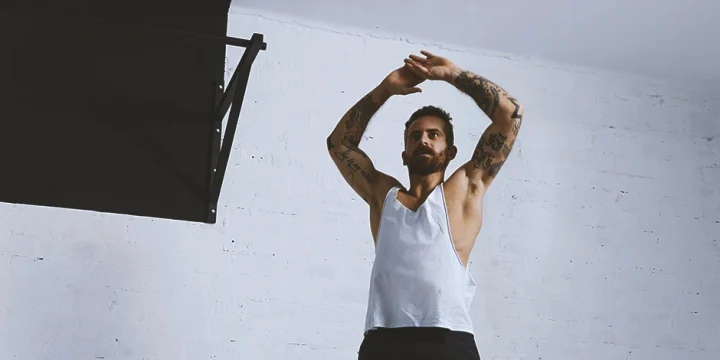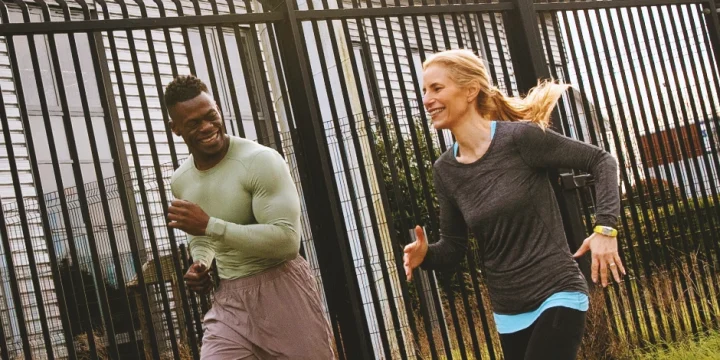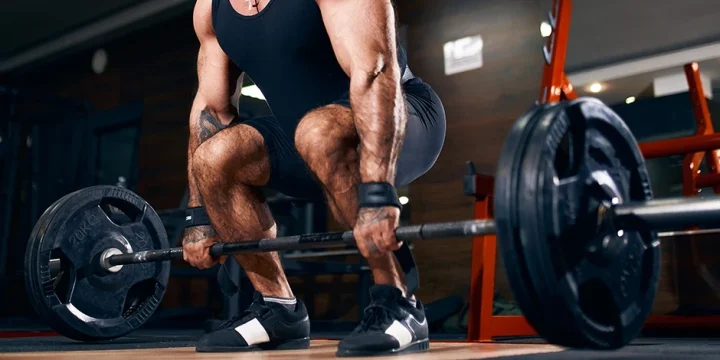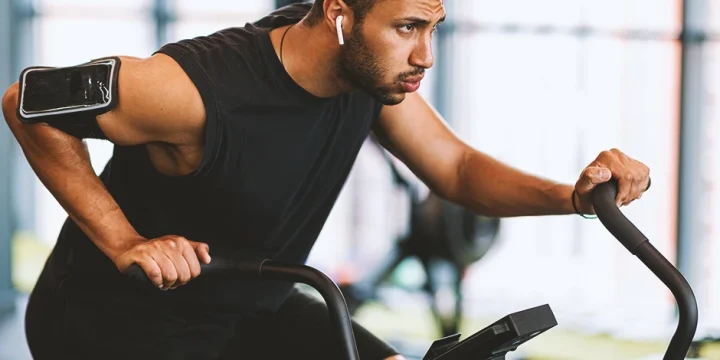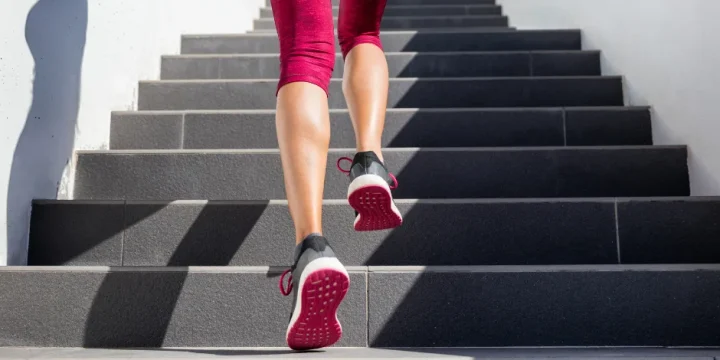As a professional fitness coach, I've guided many clients and readers on the best cardio strength exercises to help them lose weight and tone their bodies without equipment.
Cross-jacks are one of the many workouts I recommend incorporating into your regimen, as they help get your heart rate up and burn those calories.
In this article, I will detail how to do cross jacks, the muscles targeted, and the benefits of doing the exercise.
Keep on reading.
Quick Summary
- Cross-jacks are an excellent way to increase your heart rate while rocking your inner thighs, making them an ideal toning workout.
- The muscles worked by cross-jacks are the quads, triceps, glute max, lats, and calves.
- According to a study published on the National Institutes of Health website, jacks offer interesting ways of staying active and burning calories.
- Incorporating cross-jacks into workouts has consistently shown impressive results for my clients, making it a favorite recommendation of mine.
How To Perform Cross Jacks

"The Cross Jack is comparable to the traditional Jumping Jack, but with a criss-cross movement."
- Joe Dowdell, Fitness Trainer
Cross jacks are a great bodyweight exercise that requires essential coordination, a bit more than jumping jacks.
In my experience as a fitness coach, I've seen clients quickly adapt to this workout, often noticing improvements in their coordination and agility within just a few sessions.
Here are detailed instructions for performing cross jacks:
- Stand tall, with your feet shoulder-width apart and your hands up and out to the sides.
- Jump up and place your right foot in front of your left foot and your right arm on top of your left arm (simultaneously crossing your right and left arms and your right and left legs).
- Jump again and return to your starting position, ensuring your feet are shoulder-width apart.
- Repeat and counteract the placement of your legs and arms.
Bracing your core, keeping your elbows and knees free, and breathing smoothly and steadily for perfect form.
Related:
Muscles Targeted

From my experience in coaching, I've observed that while cross-jacks are primarily seen as an endurance and aerobic activity, they also play a significant role in strengthening leg muscles.
Like jumping jacks, it engages all of the lower body muscle groups, including the quads, which bend the hips and lengthen the knees; the hamstrings, which do the reverse, the glutes, which stretch the outer thighs; and the abductor and adductor muscles, which allow you to move your legs in and out.
Incorporating Cross Jacks in Your Training Program

Here's how you can include cross jacks in your training:
1. Calisthenics Exercise or Circuit Training
Circuit training involves transitioning between activities with minimal breaks.
Research from the National Institutes of Health confirms it's an efficient calorie-burning method [1].
Integrating cross-jacks into circuits has notably enhanced many of my clients' fitness. For instance, a client who was skeptical about calisthenics saw significant stamina and strength improvements by adding cross jacks to her burpees, jumping jacks, and push-ups routine.
To further enrich your workout, mix cross jacks with yoga or Pilates for increased flexibility and core strength, ensuring a well-rounded fitness program.
2. Warmup

Cross jacks raise the heart rate and prepare the body for exercise by warming the joints and increasing blood flow to the muscles.
Also Read: Best Dynamic Bodyweight Warm-up Exercises
3. In-between sets
Cross jacks are an incredible workout in between sets if you're pressed for time and don't have time for cardiovascular exercise.
Benefits of Cross Jacks

Some of the cross jacks benefits are:
- Cross jacks do not require any equipment or a specific place: Some of my clients have even incorporated them into their home workouts, finding them to be an effective way to stay active, especially when they can't make it to the gym.
- Improved cardiovascular health: Cross jacks push your blood vessels, lungs, and heart to work harder. Therefore, cross jacks may help to improve your cardiovascular system.
- May help you lose weight: Cross jacks will cause you to burn more calories than usual, which might aid in weight loss. Combined with other exercises and healthy lifestyle choices, this can help with weight reduction.
- Psychological Benefits: Performing cross-jacks has been linked to psychological benefits such as stress reduction and mood enhancement, making it a holistic exercise for both physical and mental health.
FAQs
What Muscles Do Cross Jacks Work?
Cross jack exercises work the quadriceps, triceps, glute max, lats, and calves.
What Are the Benefits of Cross Jump?
Cross jump benefits your body by helping you maintain good mental and physical shape while increasing your stamina and vitality.
Reference:
- https://www.ncbi.nlm.nih.gov/pmc/articles/PMC6028228/
About The Author
You May Also Like

